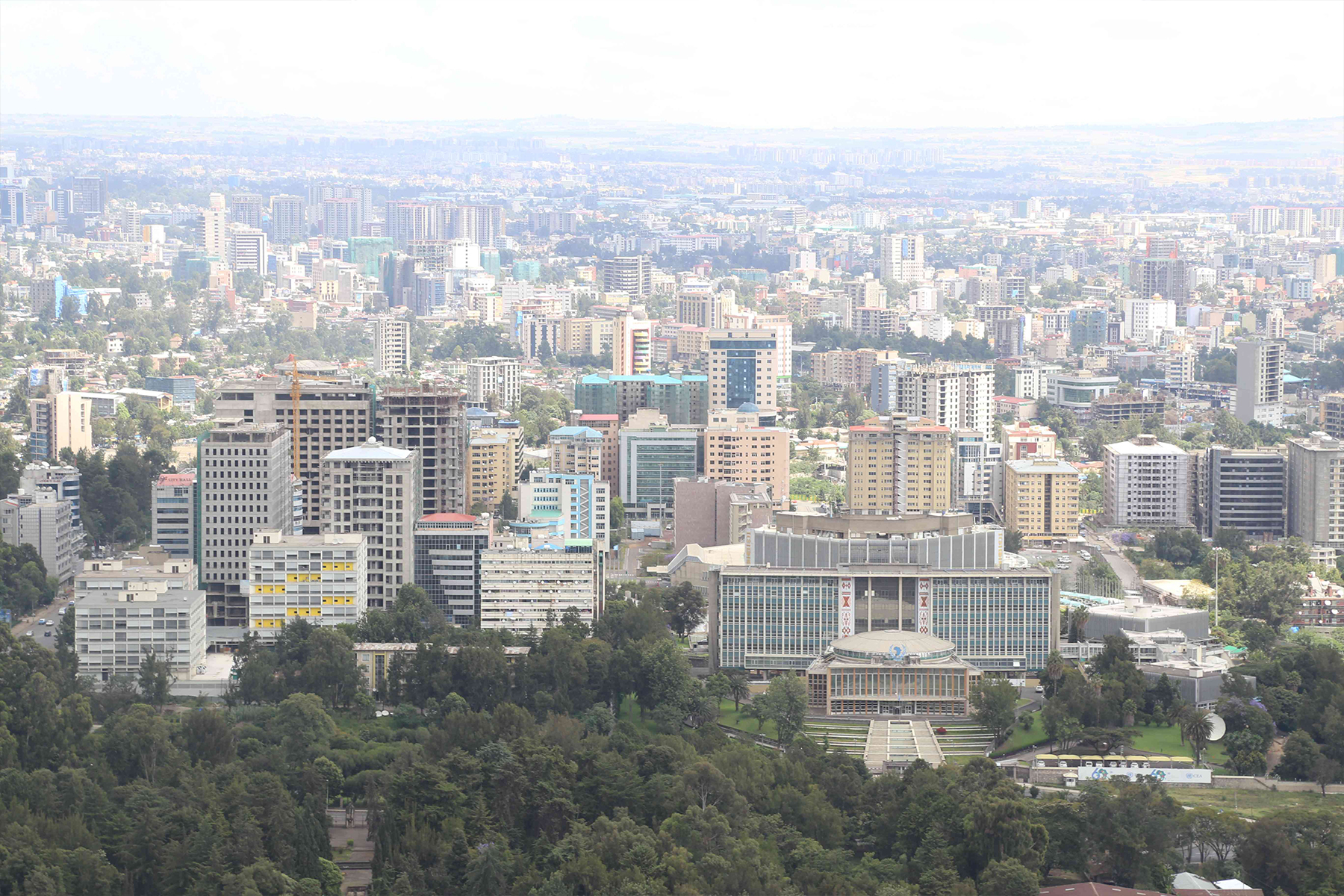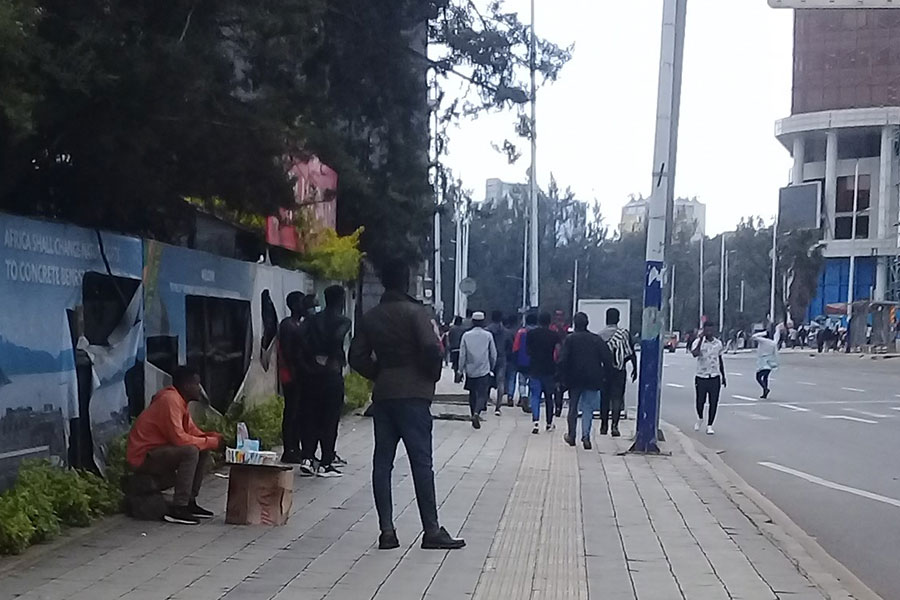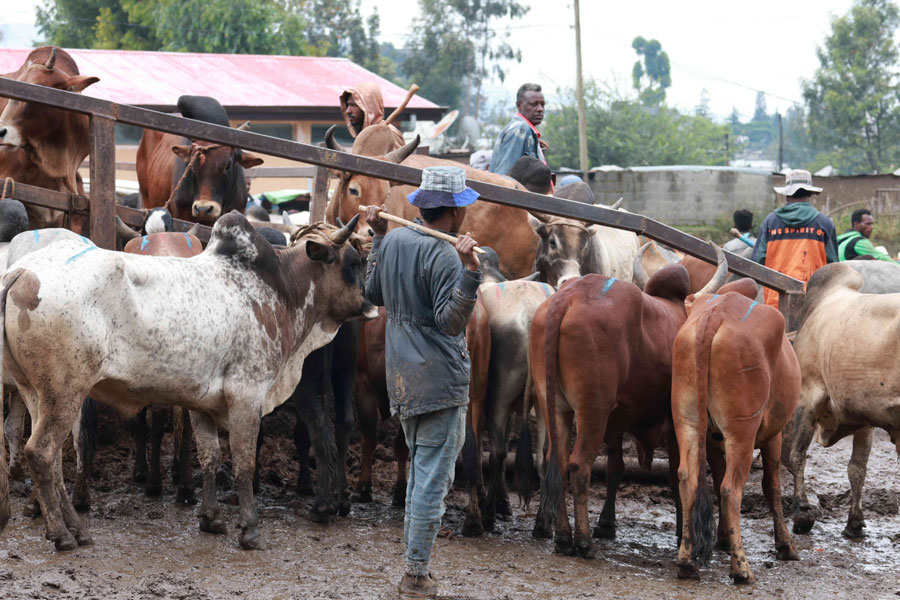
Radar | Jan 04,2020
A severe logistical gridlock grips coffee exporters due to escalating geopolitical tensions in the Red Sea region. The jam, spurred by repeated assaults by the Houthi militia in protest against Israel's military operations in Gaza, has left nearly 3,000tns of coffee stranded at Djibouti ports, jeopardising the national economy's vital contribution and threatening the livelihoods of millions.
The standoff has inflicted significant demurrage costs on exporters, with vessels languishing in ports for months.
Global shipping giants, including Maersk with its 600-ship fleet and moving 30,000 containers, have ceased operations along the Red Sea route for the past three weeks, citing the increased risk to their vessels amid rising regional tensions.
"Our ships were put at risk," said Daniel Zemikael, general manager of Freighters International, Maersk's agent in Ethiopia.
The decision has forced a reconsideration of shipping routes, with Ethiopian exporters and logistics companies exploring alternative routes to Europe through the Indian Ocean via Mombassa and Lamu ports. Despite adding a month to the journey, these routes offer a safer passage, circumventing the perilous waters plagued by militia attacks. Exports destined for the Middle East would use the Arabian Gulf Sea route.
Adugna Debela (PhD), head of the Ethiopian Coffee & Tea Authority (ECTA), voiced concerns over the "dire implications to the coffee sector, stressing the situation's worrisomeness. According to his deputy, Shafi Umer, a survey is underway to determine the viability of rerouting exports through ports in Kenya as an alternative. However, he acknowledged the necessity for carefully considering the additional costs and the adequacy of Kenya's infrastructure.
"It requires meticulous planning and strategy," he told Fortune.
The alternative routes are not without constraints. Kenyan ports, constrained by a 28tns weight limit per container, are currently ill-equipped to handle the volume and specifications of coffee exports from Ethiopia.
According to Daniel, talks aimed at increasing this limit are underway.
"Until a resolution is found, the feasibility of this option remains uncertain," he told Fortune.
The ongoing logjam has disrupted the most cherished export commodity flow to key markets in Europe and the Middle East. Its impact extends beyond immediate consequences, as exporters like Zelalem Eshetu Coffe Exporters Plc face dwindling demand and rising costs. With an average annual revenue of around 26 million dollars, primarily from Middle East markets, the company’s financial stability is under threat.
The Ethiopian National Coffee Association, representing 10,000 members, has been vocal in its call for practical solutions to the export crisis.
"We don't see any other way," said Hussien, its general manager.
With its fleet of nine ships, the state-owned Ethiopian Shipping & Logistics Services Enterprise (ESLSE) has been working to lift some of the pressure. Yet, the overarching crisis persists, exacerbated by partners suspending operations in response to the heightened risk, disclosed its CEO, Berisso Amalo.
The impact of the deadlock on Ethiopian coffee farmers is severe.
The Sidama Coffee Farmers Cooperative Union, representing approximately 70,000 farmers, reported having 38tns of coffee stuck in Djibouti for two months. The General Manager, Tsegaye Anebeo, disclosed the financial burden of air cargo as an alternative, which costs 25 times more than conventional shipping's cost of 50,000 dollars a container, making it "impractical and unsustainable."
"We can do nothing but wait," said Tsegaye.
Sani Radi (PhD), a researcher and former head of the Coffee & Tea Authority, believes in maintaining customer relationships during these volatile times, even at the expense of profit gains. The sentiment reflects a broader recognition of the need for agility and adaptability in coffee export strategy to survive the current crisis unfolding against the backdrop of emerging problems in the global coffee market. Despite being a major producer, Ethiopia holds a mere three percent share of the global coffee market, attributed partly to stagnant productivity compared to other leading coffee exporters such as Brazile and Vietnam.
"It's difficult to get them back once lost," he told Fortune.
Experts and industry operators say Ethiopia's coffee sector has not seen substantial policy reform since production was liberalised in these countries in the late 1980s, leaving it vulnerable to global market shifts and competitive disadvantages.
Federal coffee authorities try to boost coffee production and market competitiveness. The recent inauguration of the Yirga Chefe Research & Development Institute construction, dedicated to coffee production research, represents a step in addressing some of the systemic issues impeding the sectors' growth and international standing. According to Berhanu Nega (Prof.), minister of Education, the initiative focuses on identifying and addressing supply chain and market linkage bottlenecks, aiming to propel Ethiopia to a more competitive position in the global coffee market.
While coffee employs around 5.8 million people nationwide and contributed around a third of Ethiopia's commodity exports last year, at 1.3 billion dollars, large-scale cultivation is limited to a few regions. Oromia Regional State accounts for 59pc of the production, with the South Western region pitching around 15pc and the Sidama Regional State recently increasing its share to seven percent.
Dawit Badeg, general manager of Zelalem Eshetu Coffe Exporters Plc, echoed the concerns about rising costs and dwindling demand. His company faces growing competition as the decline in international coffee prices due to surpluses produced by Brazil and Colombia, further squeezed profit margins.
"Demand is dwindling," he said.
Tsegaye of Sidama Cooperative warned that European insurers are reducing coverage, potentially exacerbating the shipping crisis.
PUBLISHED ON
Mar 09,2024 [ VOL
24 , NO
1245]

Radar | Jan 04,2020

Radar | Nov 02,2019

Fortune News | Apr 06,2024

Fortune News | May 17,2025

Radar | Jul 06,2019

Agenda | Oct 01,2022

Radar | Apr 17,2021

Fortune News | Oct 07,2023

Fortune News | Oct 20,2024

Radar | Jul 17,2022

Dec 22 , 2024 . By TIZITA SHEWAFERAW
Charged with transforming colossal state-owned enterprises into modern and competitiv...

Aug 18 , 2024 . By AKSAH ITALO
Although predictable Yonas Zerihun's job in the ride-hailing service is not immune to...

Jul 28 , 2024 . By TIZITA SHEWAFERAW
Unhabitual, perhaps too many, Samuel Gebreyohannes, 38, used to occasionally enjoy a couple of beers at breakfast. However, he recently swit...

Jul 13 , 2024 . By AKSAH ITALO
Investors who rely on tractors, trucks, and field vehicles for commuting, transporting commodities, and f...

Nov 1 , 2025
The National Bank of Ethiopia (NBE) issued a statement two weeks ago that appeared to...

Oct 25 , 2025
The regulatory machinery is on overdrive. In only two years, no fewer than 35 new pro...

Oct 18 , 2025
The political establishment, notably the ruling party and its top brass, has become p...

Oct 11 , 2025
Ladislas Farago, a roving Associated Press (AP) correspondent, arrived in Ethiopia in...